Soybeans and Herbicide Carry-Over: Observations, Challenges, and Solutions
Illinois Soybean Association Soy Envoy Kris Ehler investigates yellow, stunted soybeans in fields and consults University of Illinois Weed Scientist Dr. Aaron Hager. They explore herbicide carry-over from last year's corn crop and the difficulty in identifying a consistent pattern.
Illinois Soybean Association Field Talk: Brock Ideus Farm
ILSoyAdvisor is thrilled to announce the launch of the Field Talk event series for the summer of 2023. These engaging events will be held in-person, providing you with a wonderful opportunity to attend a complimentary and enlightening gathering. By participating, you can expand your knowledge on a diverse range of topics while earning CCA credits.
Tillage Benchmarks for Soybeans in Illinois
This article was originally published on FarmdocDaily. The costs of machinery ownership and labor are two important factors when considering tillage decisions (Swanson et al., 2020). In an October farmdoc daily article (October 26, 2020), we examine tillage benchmarks for corn on Illinois farms in the Precision Conservation Management (PCM) dataset. Similarly, in this article, we explore tillage benchmarks for soybeans on Illinois farms in the PCM dataset and provide information about the types of tillage occurring and the average cost and returns for each tillage type. Precision Conservation Management (PCM) We summarize data from Precision Conservation Management (PCM) for [...]
Three Tips for Successful No-Till
2021 could bring a lot of discussion about increasing the number of soybean acres because of profitability factors, logistics, etc. This change in crop rotation could allow for a large percentage of soybeans being no-tilled across Illinois. No-till has several great value points. However, if you don’t do your homework, this practice could result in added challenges and the potential that you don’t no-till soybeans again. Below are three areas to spend some time this winter researching to ensure no-till soybeans are successful for you. 1. Stand Establishment a. Seed To Soil Contact: i. Challenge: No-till soils tend to [...]
Fall Tillage Considerations
Tillage is a popular practice across Illinois and it still seems to have its place in a high yield soybean production system. It also simplifies decisions that no-tillers must consider such as handling residue, cooler and wetter soils the spring and more potential for seedling diseases and nutrient tie up. Farmers know that tillage provides two main benefits: It blackens and loosens the soil in the fall so it dries and warms more quickly in the spring. In heavier soils in central and northern Illinois and tighter clay soils in the south, tillage can help guarantee a good stand [...]
Water, Water Everywhere – And Not a Drop to Drink
A corridor of the Midwest stretching from Nebraska through Iowa and into Northern Illinois has been receiving almost continuous rainfall for an extended period this harvest season. This pattern has made it difficult, if not impossible to harvest soybeans. The current scenario doesn’t fit what we might think of as a typical situation of repeated wet/dry cycles where the soybeans get wet in a rain event, then dry out, rain again, dry, and so forth. The combination of rainfall, high soil moisture and high atmospheric humidity have prevented these beans from drying further since the first week or so [...]
Farming with Ephemeral Gullies: Fix It, Don’t Disk It!
“Ephemeral gullies” are small channels that are formed in natural, concentrated water flow areas. They are generally shallow, yet visible, and are normally easily filled in by annual tillage. They will typically re-develop again in the same location after additional runoff events and continue to erode valuable topsoil. In contrast, “classic gullies” are deeper channels that are not easily filled by normal tillage equipment and usually not crossable at all. Disking or smoothing the gullies will NOT fix the problem. Gully Control Control of ephemeral gullies begins with minimizing runoff by improving water infiltration and protecting the soil surface—in [...]
No-Till Soybean Production Tips
A lot of soybeans are no-till in the U.S. and across the Corn Belt. However, in regions with flat, black dirt some growers are still utilizing conventional tillage to warm and dry the soil more quickly in the spring, before planting soybeans. Could these growers practice no-till on those soybean fields? Probably. But to do that will require tighter management and full utilization of the tools available to make it work—which is true for all no-till situations. Agronomist Ed Winkle wrote a booklet, “Growing High Yield No-Till Soybeans,” and summarized his tips for successful no-tilling. The booklet was published [...]
Learning How to Produce High-Yield No-Till Soybeans
“No-till, no yield.” Ask any farmer who uses no-till in his management system, and he’ll probably tell you that one of his conventional-till neighbors has uttered this phrase when asked why he doesn’t try no-till. The fact is: When it comes to raising soybeans, no-till certainly has no yield issues. The editors of No-Till Farmer have annually asked their readers to voluntarily complete a detailed survey, which includes questions that delve into yield performance of soybeans with various tillage systems. What we’ve found through the years is that the average no-till soybean yield has been 52.75 bushels per acre [...]
Ninth Annual No-Till Operational Benchmark Study
No-tillers hit new yield records across the board No-tilled soybean yields climbed to new highs in 2016, while most U.S. regions saw better yields than in 2015. This study is cited with permission of No-Till Farmer. See the full corn and soybean study here. Last season no-tillers had some of the best crop performances in the history of No-Till Farmer magazine’s annual No-Till Operational Benchmark Study, hitting record soybean yield averages overall and beating 2015 yields in most regions. Readers who participated in55 the ninth annual survey reported that no-tilled soybeans averaged 58 bushels per acre last year, 5 [...]

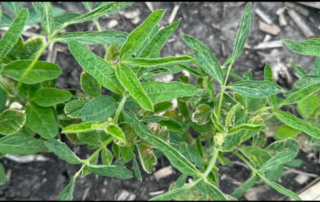
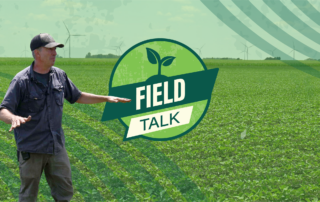
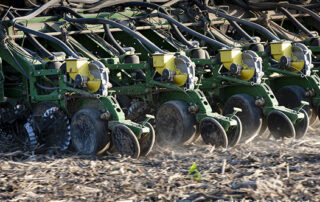
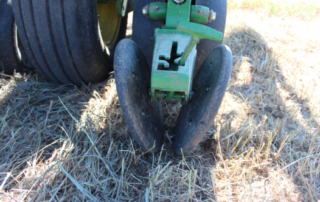
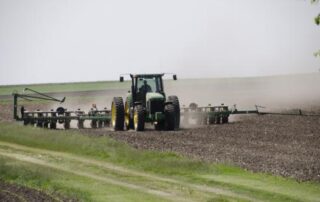
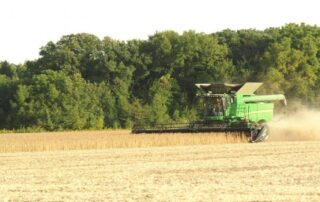
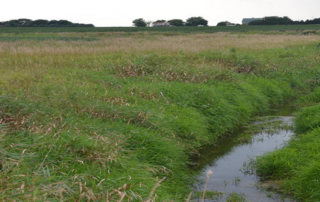
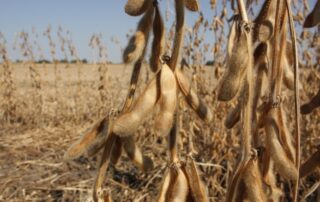
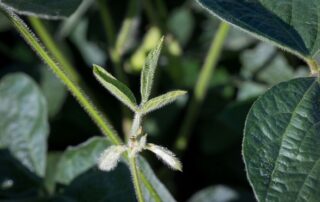
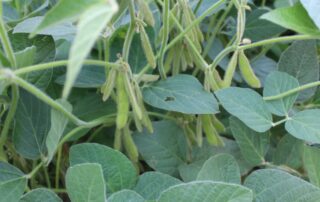



 and then
and then